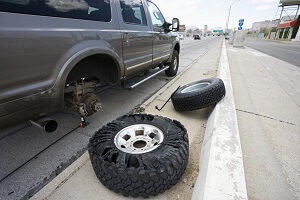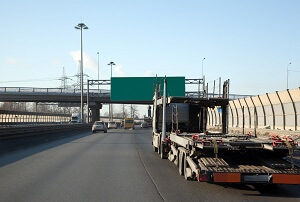Towing: A Career Of Not Knowing
 In the United States alone, it is estimated that there were nearly 274 million registered motor vehicles in 2018. With all those cars, trucks, and SUVs, ending up on the roadside is inevitable. Being on the side of a busy highway or interstate can be dangerous. Being on the roadside just one time is dangerous but imagine if you have to do it every single day. That’s the life of a tow truck driver.
In the United States alone, it is estimated that there were nearly 274 million registered motor vehicles in 2018. With all those cars, trucks, and SUVs, ending up on the roadside is inevitable. Being on the side of a busy highway or interstate can be dangerous. Being on the roadside just one time is dangerous but imagine if you have to do it every single day. That’s the life of a tow truck driver.
While battling adverse weather conditions, dodging inattentive traffic, and still trying to focus on the job at hand, tow truck and wrecker drivers have a tough job and unfortunately, sometimes that job can be deadly. In a study conducted by the leading motor club, AAA, a tow truck driver perishes every 6 days while on the job. Based on those numbers, that means nearly 43 deaths per 100,000 workers as opposed to only 3 per 100k for every other industry.
 The leading cause of these unfortunate fatalities has been determined as accidents. This refers to accidents while the wrecker or tow truck operator is out of their truck and on the roadside providing their services. While it is not always the case, these accidents are usually caused by other drivers exhibiting inattentive behavior such as texting or being on the phone while driving. Other factors include drunk driving and failing to follow “Slow Down, Move Over”.
The leading cause of these unfortunate fatalities has been determined as accidents. This refers to accidents while the wrecker or tow truck operator is out of their truck and on the roadside providing their services. While it is not always the case, these accidents are usually caused by other drivers exhibiting inattentive behavior such as texting or being on the phone while driving. Other factors include drunk driving and failing to follow “Slow Down, Move Over”.
AAA has been rigorous in passing what is known as the “Slow Down, Move Over” law in all 50 states since 2007. These laws are in place to remind drivers to give roadside workers of all types more space by changing lanes away from them or slowing down if a lane change is not possible at the time. These laws are not in place just to be there. They reinforce and enforce what is already a courteous act that all passing motorists should be participating in. In conjunction with these laws, there are numerous other steps and policies that all towing companies require their operators to follow.
While they differ slightly per state, all 50 states have some form of requirements for the tow truck safety equipment. Things such as flashing beacons, highly reflective paint schemes and on board flares are all part of these regulations. There is also regulations concerning the tow truck operators themselves. The best practice for operators is to wear ANSI certified reflective clothing. This clothing reacts to light by reflecting it off of the yellow or orange color of the clothing. Not only is this a recommended practice, as mentioned earlier, in every state, there is some form of regulation concerning it.
Just consider this. The next time you travel down the highway and you see a tow truck on the side of that highway, it takes very little effort to slow down or move over a lane. Ideally, you do both of those actions to give an already nervous tow truck operator a little more peace of mind.